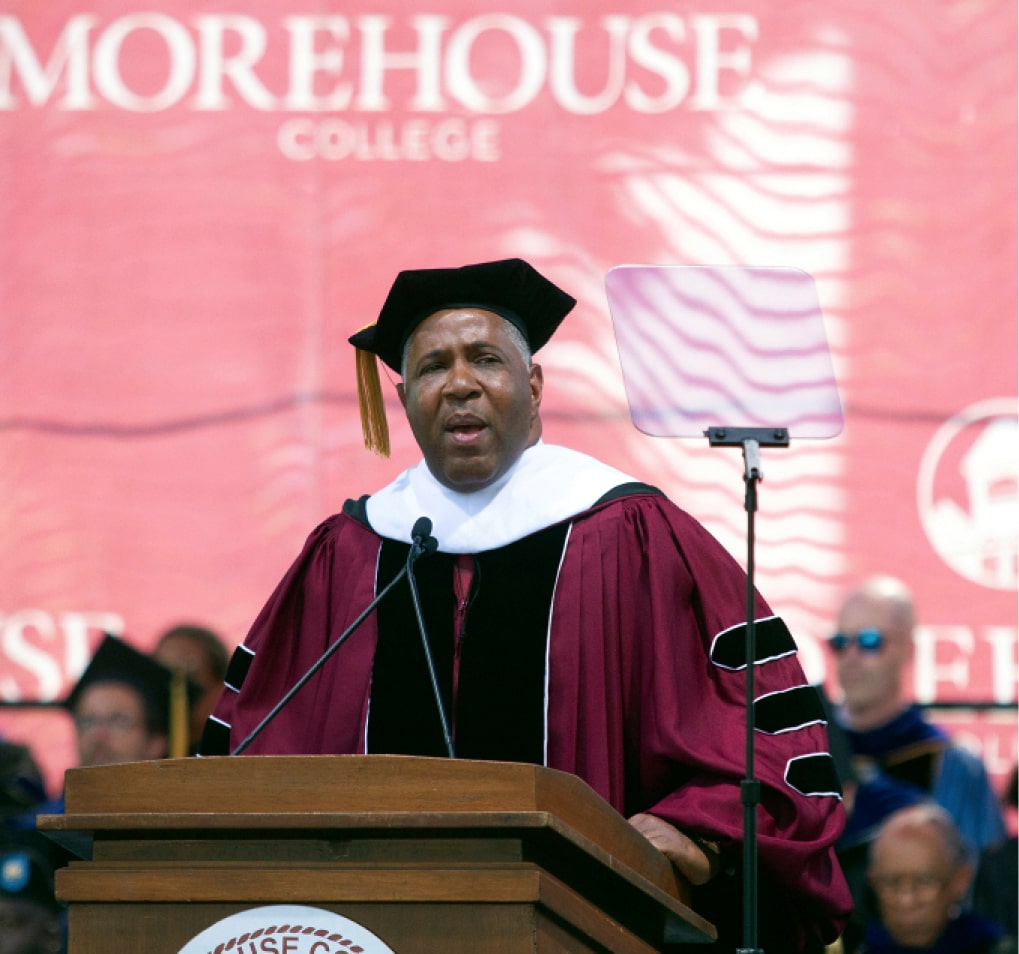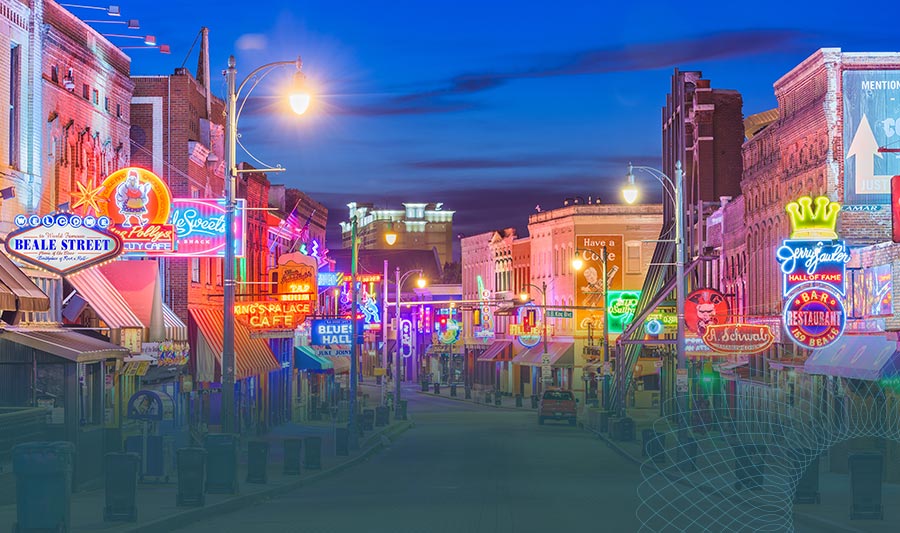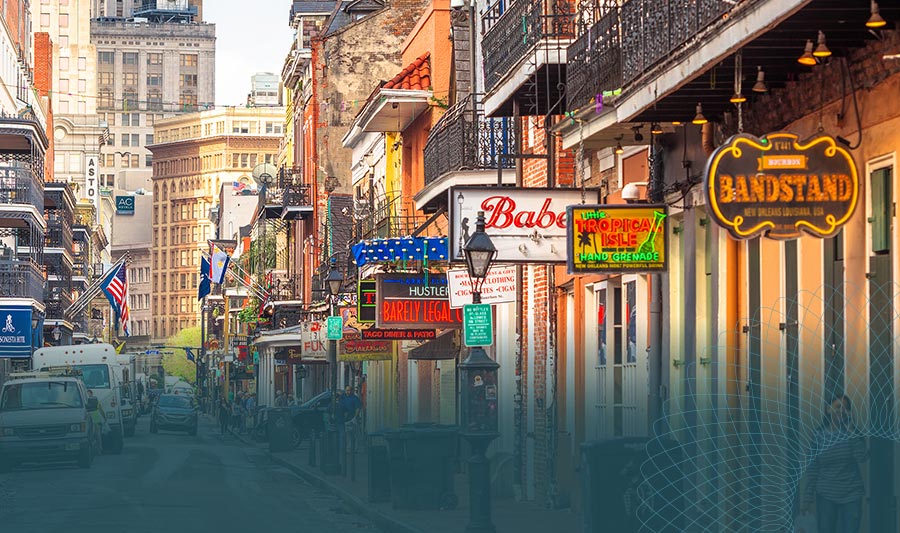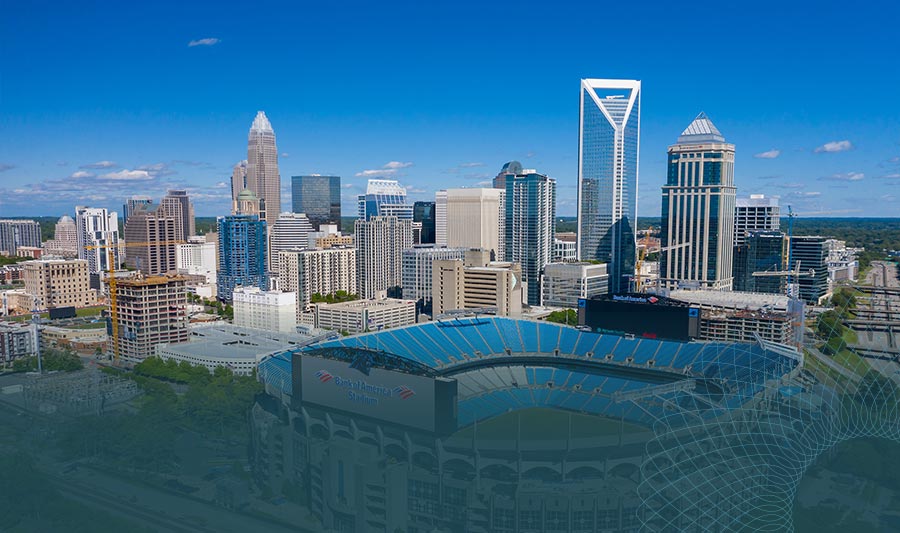Key Takeaways:
- Environmental racism is the inequitable impact of environmental pollution on underrepresented communities.
- This form of racism is the result of deeply rooted systemic inequities in countries across the world.
- Environmental racism permeates cities across the U.S., including Flint, MI, Los Angeles, CA, and Houston, TX.
For many communities across the U.S., breathing in fresh air or drinking safe tap water is more of a luxury than the standard. These “luxuries,” for many in the country, are impacted by environmental racism. This phenomenon is the disproportionate impact of environmental pollution and other environmental hazards on underrepresented communities. People experiencing examples of environmental racism are missing out on more than outdoor fun; they are being denied an equitable chance for a healthy life.
Oftentimes, the living conditions in these areas result in higher rates of chronic health issues, including cancer, asthma and pregnancy defects. A 2022 study from the Environmental Defense Fund (EDF) found that Black Americans aged 65+ are three times more likely to die from pollution-related diseases than their white peers of the same age group, as they are more often impacted by environmental racism. Below, we discuss why environmental racism exists, its different forms and 12 environmental racism examples.
Why Does Environmental Racism Exist?
Environmental racism is the result of deeply ingrained systemic inequities that are rooted in U.S. history. Decades of unfair practices have confined underrepresented and underserved communities to areas disproportionately impacted by environmental hazards, such as higher rates of pollutants. The term “environmental racism” was created by activist Ben Davis, who fought the North Carolina government in the 1980s after they dumped soil with cancer-causing chemicals into a local Black farming community.
Does Environmental Racism Only Occur in the U.S.?
No, environmental racism is an international phenomenon. Environmental injustices around the globe connect back to systemic inequities, including laws and policies, that create division among communities. For example, the separation of communities in the U.S. is comparable to apartheid in South Africa. While these practices have been outlawed, their ramifications endure today.
12 Examples of Environmental Racism in the U.S.
Environmental injustice persists in many communities across the U.S. Below, we explore 12 examples of environmental injustice throughout the U.S.
1. Flint, MI
In 2014, the local government of Flint, MI, switched the water supply source for the town in a cost-saving move. However, government officials neglected to have the water properly tested. The water, in fact, contained significant amounts of lead, which negatively impacted the health of Flint residents, more than half of whom are Black. Lead exposure is linked to serious health consequences, such as heart and kidney disease in adults and brain impairment in kids.
Today, the children of Flint face significant challenges, with EducationWeek reporting that one in every five children in the city was eligible for special education in 2019 — a 56% increase from the previous year. Flint also sparked a national conversation about lead exposure and environmental injustice, but the issue is still not fully resolved to this day.
2. Cancer Alley, LA
“Cancer Alley” is the nickname of a swath of land between Baton Rouge and New Orleans, LA, that is home to many Black and underrepresented communities. Notably, the land is also the location of petrochemical plants and refineries.
The plants and refineries emit unhealthy pollutants and toxins into the air, local water supply and land. As a result, locals are subject to high rates of cancer and other health issues, including birth defects and respiratory illnesses.
The decision to place these types of facilities near underserved and underrepresented communities like Cancer Alley was based on economic considerations. Corporations place hazardous facilities in low-income neighborhoods because those areas have fewer industrial regulations and cheaper operations. The lack of environmental protections for areas like Cancer Alley contributes to health hazards and reduced economic opportunities for locals.
3. The Bronx, NY
The Bronx borough in New York, NY, particularly the South Bronx, is home to a diverse community. Approximately 60% of South Bronx residents are Latino and 39% are Black. About 15,000 trucks commute through the Bronx daily, contributing to the borough’s poor air quality. The area’s reputation for poor air quality has earned it the nickname “Asthma Alley.”
To put it into perspective, the air pollution has caused residents to suffer from asthma at 12 times the national average. In addition, hospitalizations in this area are more than five times the national average and 21 times more than in other New York City neighborhoods.
4. Pahokee, FL
Pahokee, FL, home to primarily Black and Latino residents, is plagued by a range of environmental hazards and pollution. The sugarcane industry is one of the biggest driving factors behind the pollution in this area. The practice of burning the sugarcane fields before harvest causes large amounts of chemically hazardous debris that residents refer to as “black snow.” When this debris enters the local atmosphere, it increases the risk of asthma, cardiovascular diseases and lung cancer.
Similar to Cancer Alley, the economic benefits of placing the sugarcane industry facilities in these areas took precedence over the health of Pahokee residents.
5. Warren County, NC
Many people think of Warren County, NC, a predominantly Black community, as the birthplace of the environmental justice movement. The correlation started in 1978 when a toxic waste plant was planned for construction near a wealthy neighborhood in Warren County. However, the residents protested, and the plant was constructed in a less affluent area in Warren County. The chemicals from the plant left soil laced with PCBs, which are toxic chemicals known to cause cancer and other health concerns.
6. Cheraw, SC
As recent as the 1970s, Burlington Industries regularly disposed of PCBs in a creek behind the manufacturer’s plant in Cheraw, SC. This predominantly Black community is still feeling the effects of these pollutants today. In 2018, Hurricane Florence displaced several Cheraw families from their homes. The storm caused the remaining chemicals from the plant to infiltrate houses and yards. For example, the chemicals were discovered in the soil of a playground, which was later closed. The U.S. Environmental Protection Agency has sent remediation teams into the area; restoration in Cheraw is ongoing.
7. Los Angeles, CA
In Los Angeles, CA, it is common for residents from underrepresented and underserved communities to live near oil and gas wells that emit toxic pollutants. For example, battery recycling plant Exide Technologies shut down its operations in 2015 but left toxic levels of lead behind. The lead seeped into the soil of the surrounding community, which is primarily home to Latinos. In 2017, California’s state government committed to its most significant and expensive cleanup efforts to remove the lead. However, many homes that were supposed to be remediated continue to have excessive amounts of lead in the soil.
8. Uniontown, AL
More than a billion tons of hazardous ash spilled into the Emory River Channel in Kingston, TN, in 2008. People who helped clean up the spill later suffered from brain cancer, lung cancer and leukemia.
Two years later, the Tennessee Valley Authority moved four million cubic yards of coal ash to Uniontown, AL. Uniontown is a low-income, predominantly Black community that did not have protection against the ash. The Environmental Protection Agency (EPA) did not protect the town because the ash was said to be safe under the Comprehensive Environmental Response, Compensation and Liability Act, even though it was not.
9. Jackson, MS
Jackson, MS, has one of the oldest water systems in the U.S. As a result, the city has had a continuous water crisis that afflicts the everyday lives of its primarily Black community. In 2022, the issue reached a tipping point when the city’s main water treatment plant nearly crumbled after several days of heavy rainfall. This situation caused most of the city residents to lose access to running water for a few days. During that time, residents had to wait in long lines to access safe water to drink, bathe, go to the bathroom and cook. Today, many locals still lack consistent access to safe running water and need to boil their water to make it safe.
10. Standing Rock, ND
In 2016, a 1,200-mile pipeline was built in North Dakota to transport crude oil. Energy Transfer Partners initially proposed a plan for the pipeline to span the Missouri River north of Bismarck, ND – a primarily white community. However, the U.S. Army Corps of Engineers rejected this path because of its threat to the state capitol’s water supply. Instead, the organization approved a route that crossed beneath the Standing Rock Sioux Tribe’s primary water source. The Sioux protested and launched several legal battles against the pipeline. In response, a federal court ruled in 2020 that the project’s permits were illegally approved and ordered the government to review the environmental impact. That review is still ongoing.
11. East Chicago, IN
Indiana is a big hub of steel factories, which play a big role in its reputation for pollution. In 2019, the EPA published a report about facilities that disposed of the most harmful chemicals in their surrounding environments. In the Midwest, the report found that Indiana ranked first for having the most pollution releases per square mile. The most polluted portions of the region include Gary and the city of East Chicago, which are both home to primarily underrepresented and underserved communities. Among the most pressing environmental health concerns include hazardous lands, abandoned buildings and older housing with asbestos and lead paint. According to the EPA, the city also suffers from air pollution caused by diesel emissions and traffic from major interstate highways.
12. Houston, TX
Houston, TX, specifically the neighborhoods of Harrisburg and Manchester, is home to majority Latino communities. These areas are also home to a number of chemical plants, sewage treatment facilities, oil refineries and hazardous waste sites, which are just more examples of environmental injustice. Every year, more than 484,000 pounds of toxic chemicals are released into the area from the surrounding 21 toxic release inventory facilities. This pollution has negatively impacted the local community. Several years ago, the pollution caused a local elementary school to close down because high levels of lead were present in the students’ bodies.
To learn more about other important topics, follow Robert F. Smith on LinkedIn.







